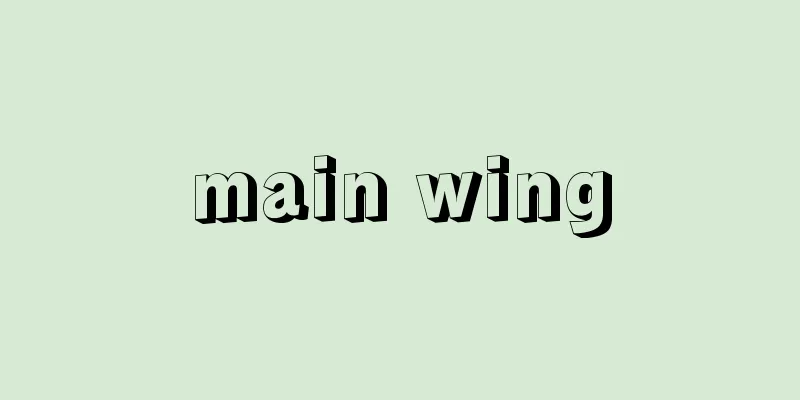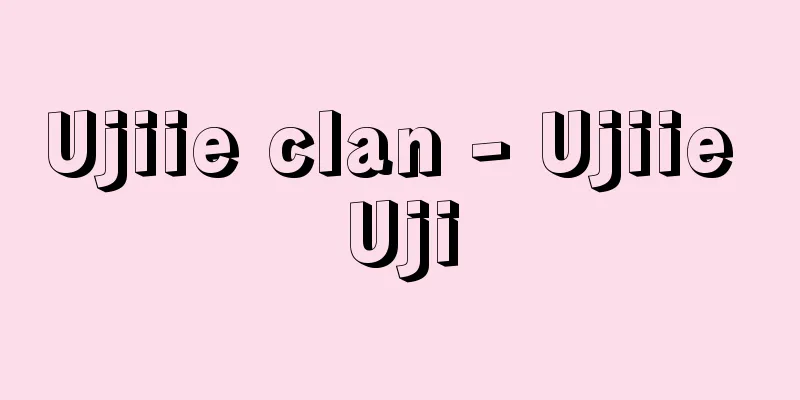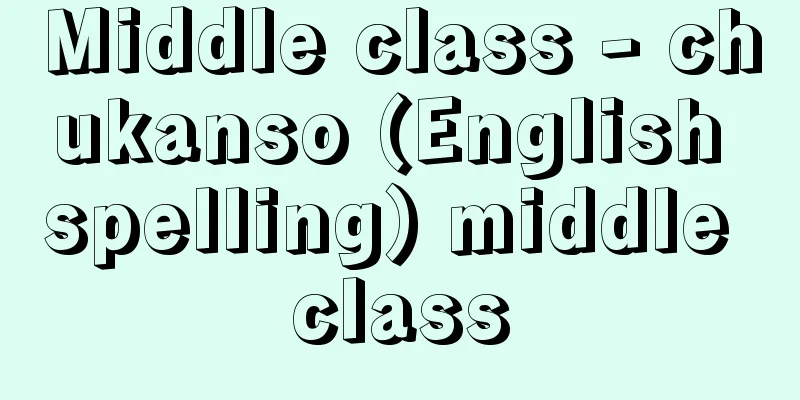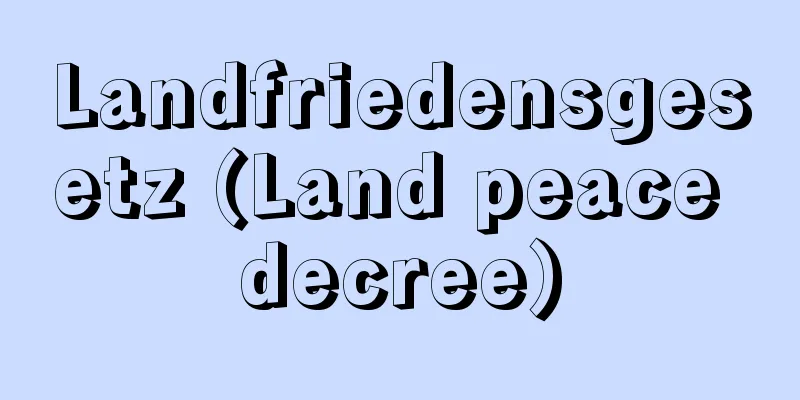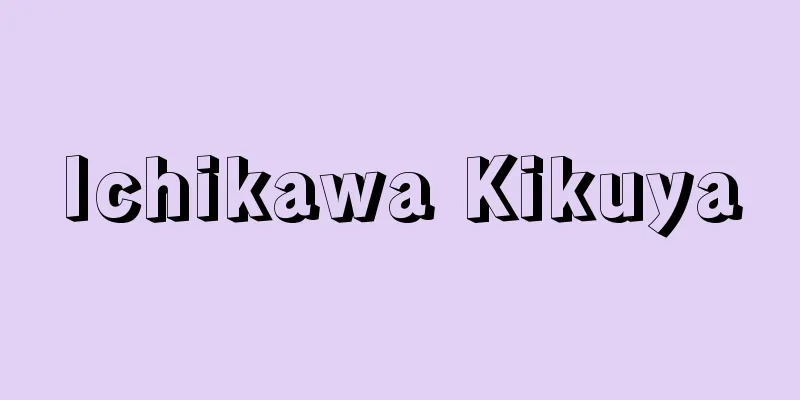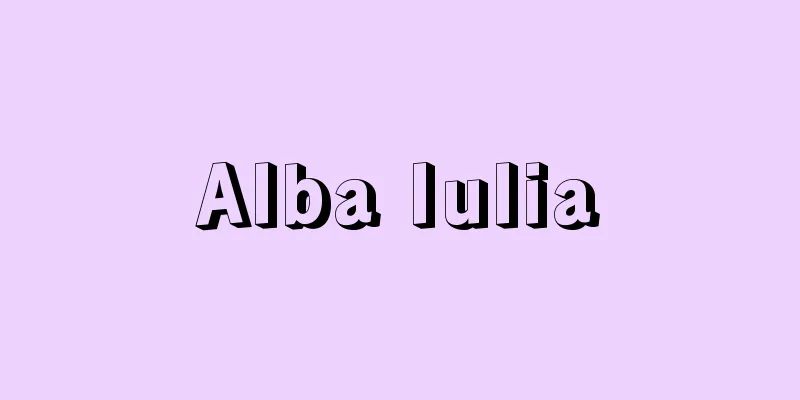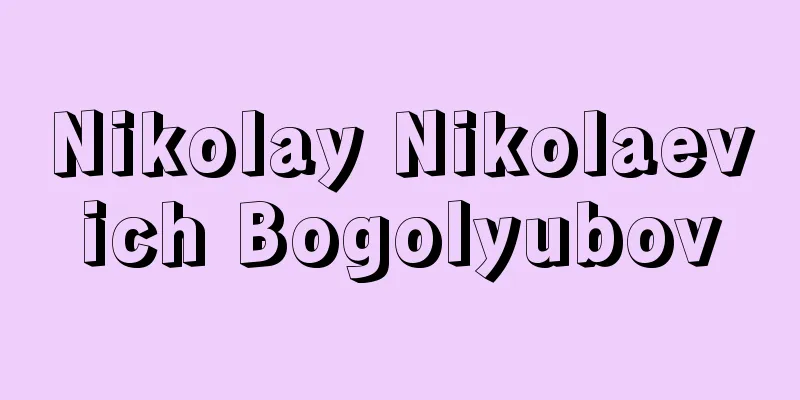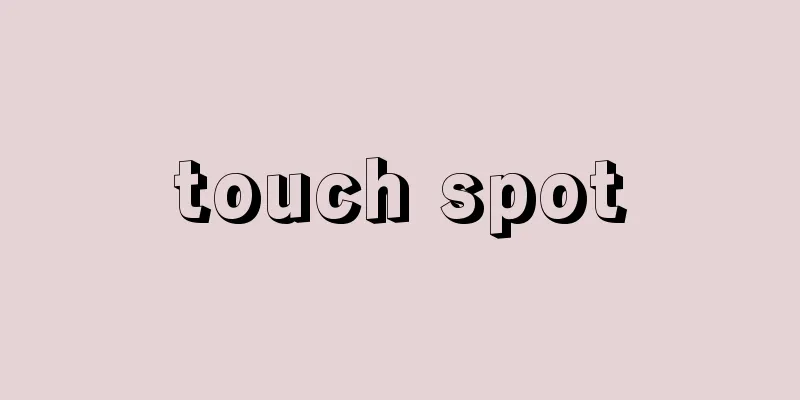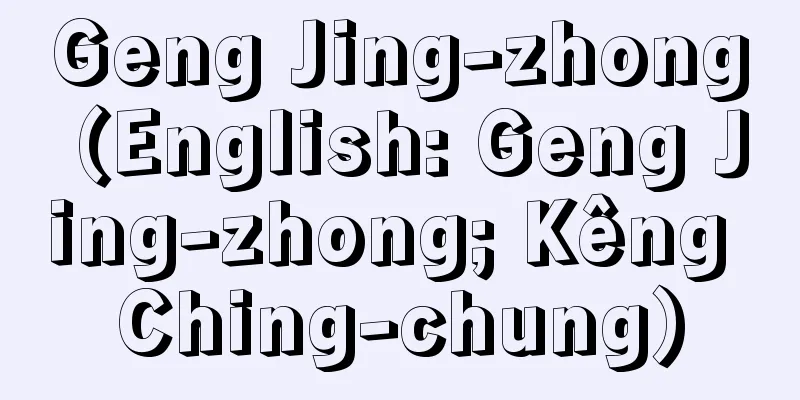Various schools - Kakushu Gakko
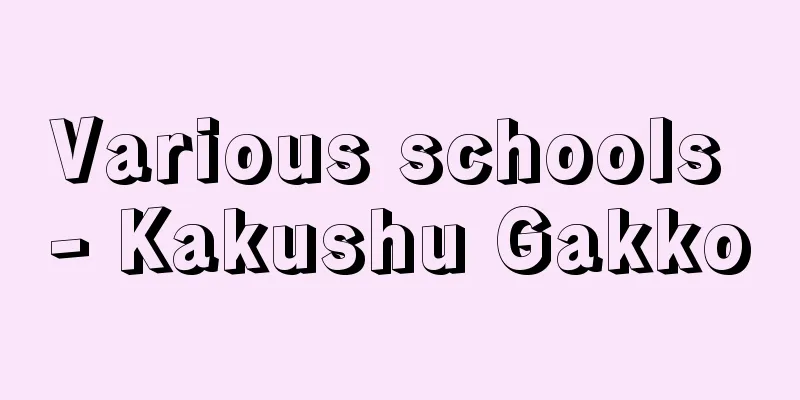
|
The School Education Law, which provides general provisions regarding school education, states in Article 134 that "anything other than those listed in Article 1 that provides an education similar to school education (excluding those for which there are special provisions in other laws regarding the provision of said education and those that provide education at technical colleges as provided for in Article 124) shall be considered a miscellaneous school." In pedagogy, school education is a method of continuous and planned education in a fixed location by a specified educator to a specified student with a fixed purpose and a fixed curriculum to achieve that purpose. Of these types of education, the following three types of subtypes of school education are referred to as "miscellaneous schools": (1) schools specified in Article 1 of the School Education Act (elementary schools, junior high schools, high schools, secondary education schools, universities, technical colleges, schools for the blind, schools for the deaf, schools for the disabled, and kindergartens; collectively referred to as "Article 1 schools"); (2) schools with special provisions in other laws (for example, the National Defense Academy under the Defense Agency Establishment Act and the Vocational Training College under the Vocational Training Act); and (3) technical colleges that became independent from the old "miscellaneous schools" due to the revision of the School Education Act on July 11, 1975. Therefore, miscellaneous schools are the form of school education with the fewest legal restrictions, but they must follow the standards of the "Miscellaneous Schools Regulations" (Ministry of Education Ordinance No. 31 of 1956) and receive approval for establishment from the prefectural governor, even if they are private. [Toshiaki Kuwahara and Yoshinori Hirose] historyMiscellaneous schools first appeared in law in the 1879 (Meiji 12) Education Act, which stipulated that "schools are elementary schools, junior high schools, colleges, normal schools, vocational schools, and other miscellaneous schools," and they became an independent item in education statistics in the following year's 1880 Ministry of Education Annual Report. The number of schools, number of students, and gender composition of students for each year show significant changes depending on the period. In the early Meiji period, the mainstream of miscellaneous schools were Chinese schools, English schools, and foreign language schools, with an overwhelmingly high ratio of males. In the mid-Meiji period, this characteristic disappeared as secondary and higher education for men was established, and as Japan's Industrial Revolution progressed, industrial and commercial miscellaneous schools began to prosper instead, but as vocational schools and technical colleges for men were established, the ratio of males dropped rapidly, and miscellaneous schools aimed at vocational and technical education for women became mainstream. In the Showa period, as Japan's industrial structure shifted its focus from light industry to heavy industry and munitions industry, the number of miscellaneous schools aiming to quickly train low- and mid-level technicians in these fields rapidly increased, and the ratio of males recovered, but during World War II, the number of miscellaneous schools dropped sharply as they were reorganized to only those necessary for the implementation of national policy. After the Second World War, the miscellaneous schools also changed drastically with the launch of the new education system. In 1948 (Showa 23), a notice was issued stating that "all educational facilities teaching one or more subjects or techniques, or both, with two or more teachers and 20 or more students, will be recognized as miscellaneous schools under the provisions of Article 84 of the School Education Law (at that time)," and miscellaneous schools were liberalized, so to speak. Furthermore, under the social conditions of the trend to develop skills and techniques in addition to skills, and the advancement of women in society, a wide variety of miscellaneous schools sprang up and flourished. However, in 1956, the current miscellaneous school regulations were enacted, and the standards for miscellaneous schools became stricter, so the number of schools remained constant at 8,000. As the rate of students going on to high schools and universities increased, the number of students also decreased from its peak in 1968. Furthermore, with the launch of the vocational school system in 1976, the number of miscellaneous schools dropped sharply. [Toshiaki Kuwahara and Yoshinori Hirose] Current Statusshows the current breakdown of students by field of study at technical colleges and vocational schools as of the year 2000 (Heisei 12). Overall, the decline in the number of vocational schools is greater than the growth in the number of vocational schools. By institution, the overwhelming majority of schools are private, both miscellaneous (about 98%) and vocational schools (about 90%). By gender, the proportion of males is increasing, but there are still slightly more females than males at both miscellaneous and vocational schools. Of course, there are large differences by field. Culture and liberal arts courses, which include tea ceremony, flower arrangement, calligraphy, and languages, attract large numbers of students at both miscellaneous and vocational schools. The fields in which vocational schools have a higher ratio of students than miscellaneous schools are industry, agriculture, medicine, hygiene, education and social welfare, fashion and home economics, and culture and liberal arts, and these are vocational education institutions for post-high school students. There are many miscellaneous schools for business and practical courses. Miscellaneous schools change to reflect the times and the state of society. This is because, as a boundary area between the school system and social education, they have the characteristic of being able to flexibly respond to the learning needs of students and the demands of society. In the coming age of lifelong education, this characteristic will be increasingly demonstrated. [Toshiaki Kuwahara and Yoshinori Hirose] Issues facing foreign schools as miscellaneous schoolsSchools approved as miscellaneous schools include those established by foreign governments or international organizations, such as foreign schools and international schools. Because a regular "school" as defined in Article 1 of the School Education Law is legally bound by rules for the management and operation of the school, and by the Course of Study for the curriculum, foreign schools, which have the primary purpose of educating the children of foreigners with different ethnic and cultural backgrounds, often receive approval from the prefectural governor as miscellaneous schools, which allows for greater freedom in educational activities. Among foreign schools, there are a very small number of Korean-affiliated schools, such as Hakuto Gakuin (Keonkoku School) and Kongo Gakuen in Osaka, that are recognized as Article 1 schools. However, among foreign schools that operate independently as miscellaneous schools, there are many who call for recognition as Article 1 schools or equivalent treatment, in order to improve the disadvantages that come with their status as miscellaneous schools, due to issues such as not being granted the qualifications to enter national upper schools and financial difficulties caused by limited public subsidies. As we enter an era of expanding and deepening internationalization, the issue of how to position foreign schools more favorably, including their legal status and authority to grant qualifications, is becoming an issue. [Toshiaki Kuwahara and Yoshinori Hirose] "Ministry of Education, 'History and Current Status of Miscellaneous Schools' (1953)" ▽ "Dictionary of Miscellaneous School Management, compiled by the National Federation of Miscellaneous Schools (1973, Gyosei)" ▽ "All about Specialized Training Schools and Miscellaneous Schools, written by Sekiguchi Yoshi (1978, Keimei Shobo)" ▽ "Treatment of Korean Students at Schools Questioned, written by Park Sam-seok (1992, Chosen Seinensha)" ▽ "The 30th Anniversary Project Special Committee Commemorative Magazine Team, 'The History of Specialized Training Schools and Miscellaneous Schools' (1992, Tokyo Association of Specialized Training Schools and Miscellaneous Schools)" [Reference items] | | | |Note: As of fiscal year 2000. Units are people, and figures in parentheses are percentages. Rounded to the nearest tenth. ©Shogakukan Breakdown of students at vocational schools and other schools by field of study [Table… Source: Shogakukan Encyclopedia Nipponica About Encyclopedia Nipponica Information | Legend |
|
学校教育について全般的な定めをしている学校教育法は、その第134条で、「第1条に掲げるもの以外のもので、学校教育に類する教育を行うもの(当該教育を行うにつき他の法律に特別の規定があるもの及び第124条に規定する専修学校の教育を行うものを除く。)は、各種学校とする。」と規定する。教育学では、〔1〕一定の目的と、〔2〕その目的を達成するための一定の教育課程とをもって、〔3〕特定の教育者が、〔4〕特定の被教育者に対し、〔5〕一定の場所において、継続的、計画的に教育を行う方式を学校教育という。このような教育のうち、(1)学校教育法第1条に定める学校(小学校、中学校、高等学校、中等教育学校、大学、高等専門学校、盲学校、聾(ろう)学校、養護学校、幼稚園。以上を一括して「1条学校」という)、(2)他の法律に特別の規定のあるもの(たとえば、防衛庁設置法による防衛大学校や職業訓練法による職業訓練大学校など)、(3)1975年(昭和50)7月11日の学校教育法改正により旧来の各種学校から独立した専修学校、の3類型を除く、学校教育の亜種を各種学校という。したがって、各種学校は法的規制のもっとも少ない学校教育方式であるが、各種学校規程(昭和31年文部省令第31号)の基準に従い、私立の場合でも、都道府県知事の設置認可を受けなければならない。 [桑原敏明・広瀬義徳] 歴史各種学校は、1879年(明治12)の教育令が「学校ハ小学校中学校大学校師範学校専門学校其(その)他各種ノ学校トス」と規定して、初めて法制上登場し、翌1880年の文部省年報により教育統計上の独立項目となった。各年度の学校数、生徒数、生徒の性別構成比は時期により著しい変化がみられる。 明治初期の各種学校の主流は漢学校、英語学校、外国語学校であって、男子の比率が圧倒的に高い。明治中期になって、男子の中等・高等教育が整備されるとともにこの特徴は消滅し、日本の産業革命の進行に伴い、かわって工業系、商業系の各種学校が台頭するが、男子の実業学校、専門学校整備とともに男子の比率は急速に降下し、女子の職業教育、技能教育を目的とする各種学校が主流となる。昭和期に入って、日本の産業構造が軽工業から重工業、軍需工業に比重を移すと、これらの分野の下級・中級技術者の短期養成を目ざす各種学校が急増し、男子の比率は持ち直したが、第二次世界大戦中、国策遂行上必要なものだけに整理され、各種学校は急減した。 第二次世界大戦後、新学制の発足とともに各種学校も急変した。1948年(昭和23)「1以上の教科若しくは技術、またはこれらの双方を教授する教育施設にして2名以上の教員と20名以上の生徒を擁するものは、すべて学校教育法第84条(当時)の規定によってこれを各種学校として認める」という通達が出され、いわば各種学校が自由化された。さらに、腕に技術、技能をという風潮と、女性の社会進出という社会的条件のもとで、多種多様の各種学校が簇生(ぞくせい)し、その隆盛をみた。しかし、1956年に現行の各種学校規程が制定され、各種学校の基準が厳格となって、学校数は8000校で横ばいとなり、高等学校や大学への進学率が高まるとともに、1968年をピークとして生徒数も減少した。また1976年からの専修学校制度の発足により各種学校は急減した。 [桑原敏明・広瀬義徳] 現況は2000年度(平成12)現在の専修学校・各種学校生徒の分野別構成の現況である。全体として、専修学校の伸びを上回る各種学校の減少がみられる。設置者別では、各種学校(約98%)、専修学校(約90%)とも圧倒的に私立校が多い。生徒を男女別にみると男子の比率が高まりつつあるが、まだ各種学校、専修学校いずれも女子のほうがやや多い。もちろん分野別で大きな差がある。茶華道、書道、語学などを内容とする文化・教養系は各種学校、専修学校ともに多数の生徒を集めている。専修学校が各種学校より比率の高い分野は、工業、農業、医療、衛生、教育・社会福祉、服飾・家政、文化・教養であり、高等学校後の職業教育機関となっている。商業実務系は各種学校が多い。 各種学校は、時代と社会の状況を反映し、変化する。それは、学校体系と社会教育の境界領域として柔軟に学習者の学習要求と社会の要請に応じうる特性をもっているからである。今後の生涯教育の時代にあって、ますますその特性は発揮されよう。 [桑原敏明・広瀬義徳] 各種学校としての外国人学校の課題各種学校として認可されている学校のなかには、外国人学校や国際学校など、外国政府や国際機関が設置するものも含まれている。学校教育法第1条が規定する正規の「学校」は、当該学校の管理・運営面での諸規則や、カリキュラム面では学習指導要領などの法的拘束を受けることからも、異なる民族・文化的背景を有する外国人の子供の教育を主たる目的とする外国人学校は、より自由度の高い教育活動を可能とする各種学校としての認可を都道府県知事から受ける場合が多いのである。 なお、外国人学校のなかには、大阪の白頭(はくとう)学院(建国学校)や金剛学園など、韓国系で、1条学校として認められているものもごく少数存在する。しかし、各種学校として自主的な学校運営を実施している外国人学校のなかには、国立上級学校への入学資格が付与されない問題や公的助成金が少ないための経営難などの事情から、各種学校の地位に由来する不利益の改善を求めて、1条学校への認可、あるいはそれに準じた処遇を求める声も少なくない。国際化が拡大深化する時代を迎えて、その法的地位や資格付与権能まで含めて、より望ましい外国人学校の位置づけが課題となっている。 [桑原敏明・広瀬義徳] 『文部省『各種学校の沿革と現状』(1953)』▽『全国各種学校総連合会編『各種学校経営事典』(1973・ぎょうせい)』▽『関口義著『専修・各種学校のすべて』(1978・啓明書房)』▽『朴三石著『問われる朝鮮人学校処遇』(1992・朝鮮青年社)』▽『三十周年記念事業特別委員会記念誌チーム編『専修学校・各種学校の歩み』(1992・東京都専修学校各種学校協会)』 [参照項目] | | | |注:2000年度(平成12)現在。単位〔人〕、( )内は〔%〕。小数点第2位四捨五入©Shogakukan"> 専修学校・各種学校生徒の分野別構成〔表… 出典 小学館 日本大百科全書(ニッポニカ)日本大百科全書(ニッポニカ)について 情報 | 凡例 |
Recommend
Auberon
…In the German Nibelungenlied, the dwarf fairy ki...
Irāqī Hamadānī (English spelling)
1213‐89 A Persian mystic poet. Born in Hamadan, he...
Kumamoto Prefecture - Kumamoto
Kumamoto Prefecture occupies the western half of c...
Oars - Oars
...Daughter of Njord and sister of Frey, one of t...
Gastoalbaiter - Gastoalbaiter
...This includes seasonal workers who are importe...
Wafer processing process
...The substrate is the single crystal material o...
Quarantine - Boueki
Quarantine was originally a synonym for the preve...
Kansei Choshu Shokafu - Kansei Choshu Shokafu
This is a collection of genealogies of samurai fa...
karawitan
…Kagura, Kabuki, Kyogen, Puppet Theatre, Joruri N...
Lost Cause
…After four years of fighting, the Confederate St...
Labor Exchange (English: bourse du travail)
A type of labor union found in France and Italy. I...
Inquisition - Shinmon
〘noun〙① To question someone in detail. ※Tojunroku ...
Book of Tobit (Tobias)
It is also called the Book of Tobias. It is one of...
Fox's Day - Fox's Day
...It is widely distributed in the tropical regio...
Yoneyama
A mountain located in central Niigata Prefecture, ...
